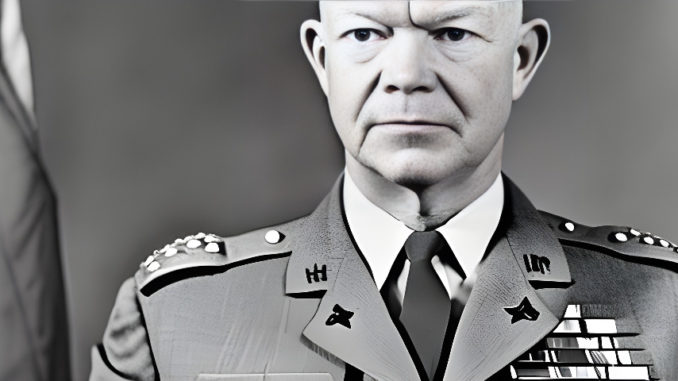
Time is a finite resource, and managing it effectively can greatly influence your productivity, success, and overall well-being. One individual who is often praised for his exceptional time management skills is Dwight D. Eisenhower, the 34th President of the United States. In this blog post, we’ll delve into the time management principles of Eisenhower, often referred to as the “Eisenhower Matrix,” and explore how his strategies can be applied to your modern-day life for increased efficiency and success.
Introduction: The Timeless Wisdom of Eisenhower: Dwight D. Eisenhower’s legacy extends beyond his political achievements—he is also renowned for his astute time management techniques, popularized by the Eisenhower Matrix. His approach offers valuable insights that continue to resonate in our fast-paced modern world.
The Eisenhower Matrix: A Breakdown of the Four Quadrants: The Eisenhower Matrix categorizes tasks based on their urgency and importance, resulting in four distinct quadrants. Quadrant I contains tasks that are both urgent and important, while Quadrant II focuses on tasks that are important but not urgent. Quadrants III and IV deal with tasks that are either urgent but not important, or neither urgent nor important.
Practical Applications of the Eisenhower Matrix: Eisenhower’s approach provides actionable strategies for effective time management. By allocating tasks to the appropriate quadrant, you can prioritize, prevent procrastination, make informed decisions, and reduce stress.
Time Blocking: The Power of Scheduled Productivity: Time blocking involves allocating specific time slots for different tasks. This structured approach enhances focus, productivity, and work-life balance, enabling you to accomplish more in less time.
Eisenhower’s Approach to Delegation and Decision-Making: Eisenhower believed in the importance of delegation and thoughtful decision-making. Identifying tasks suitable for delegation empowers others and frees up your time for more critical responsibilities.
The Art of Saying “No” and Setting Boundaries: Eisenhower recognized the significance of setting boundaries and politely declining non-essential tasks. Learning to say “no” effectively ensures that your time is invested in tasks aligned with your goals.
Eisenhower’s Daily Routine: An Example of Structured Success: Eisenhower’s daily routine exemplified a balanced approach to work and personal life. By prioritizing self-care, reflection, and meaningful work, he demonstrated the benefits of a well-rounded routine.
Applying Eisenhower’s Principles to Digital Age Challenges: Eisenhower’s principles remain relevant in the digital age. Navigate digital distractions by integrating his strategies into your digital life and leveraging technology for enhanced productivity.
Eisenhower’s Legacy: A Blueprint for Achieving More with Less Stress: Eisenhower’s time management philosophy is a testament to achieving remarkable results without succumbing to stress and overwhelm. His legacy serves as a blueprint for individuals seeking a purposeful, fulfilling life.
Conclusion: Embracing Time Management for a Fulfilling Life: Eisenhower’s time management strategies offer invaluable lessons for individuals striving to accomplish their goals efficiently while maintaining a balanced life. By integrating the Eisenhower Matrix, time blocking, delegation, and boundary-setting into your routine, you can navigate the complexities of modern life with clarity, focus, and a sense of accomplishment. Remember, time is a precious resource—embrace these principles to make the most of it and achieve lasting success
Leave a Reply